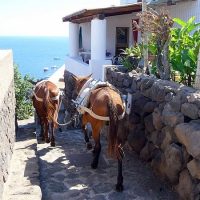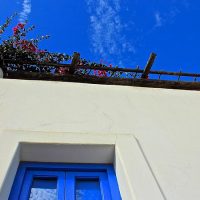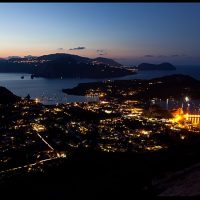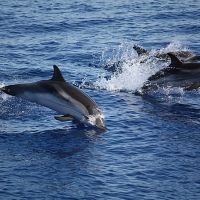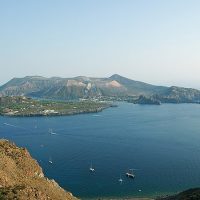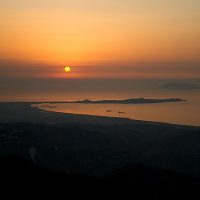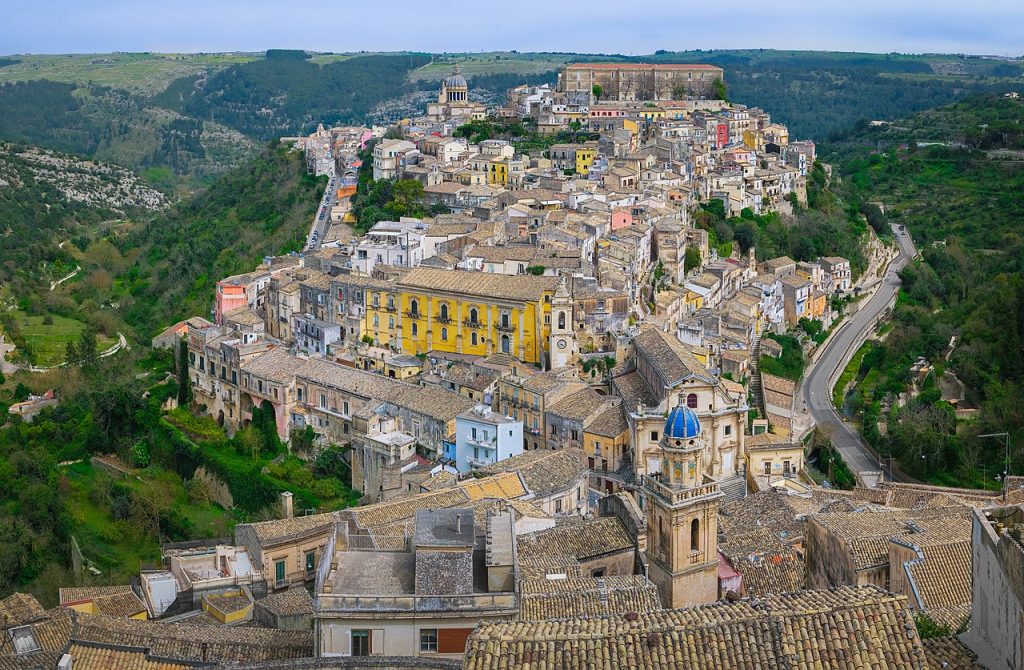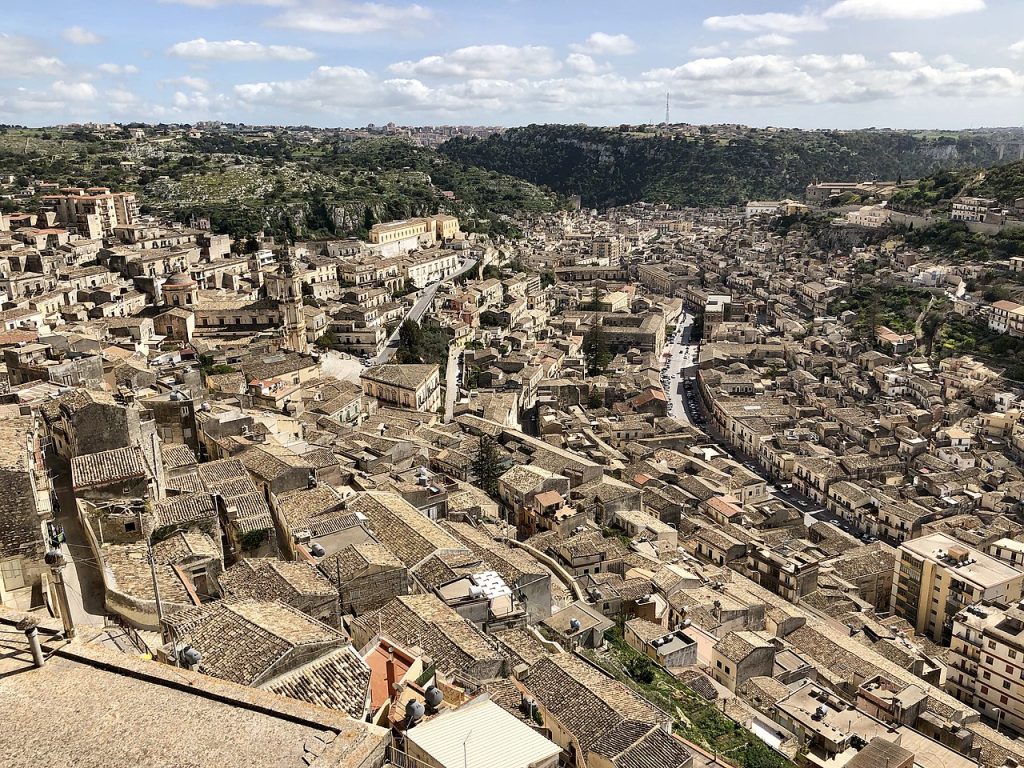The Isole Eolie (Isuli Eoli in sicilian language), called also Isole Lipari, are an Italian archipelago which belong to Sicily. Administratively talking, they belong to Messina district and they are a very popular touristic destination: the Islands, in fact, attract more then 600.000 very year. The archipelago, in volcanic origin, is in Tyrrhenian sea, in the northern Sicilian cost. It has two active volcanos, Stromboli and Vulcano, more then other volcanic activities.
The isole Eolie arrange an archipelago with seven big islands and little islands and cliffs in sea. They are placed in sea in Y shape with the tip towards the West side; they are in Northern Sicily, in Tyrrhenian-Messina cost.
The seven islands are:
- Lipari (37,6 km² – around 10.700 citizens). Greek nameo: Lipàra (Λιπάρα which means fat, profitable) or Meligunìs (Μελιγουνίς, name linked to honey, in greek language méli, μέλι).
- Salina (26,8 km² – around 2.300 citizens), with the Faraglione cliff. Greek name: Didỳmē (Διδύμη which means twin).
- Vulcano, in the archipelago south area (21 km² – around 300 citizens). Greek name: Hierà (Ἱερά that is sacred).
- Stromboli, with the little island Strombolicchio, in the archipelago north-east side (12,6 km² – around 400 citizens). Greek name: Stronghỳlē (Στρογγύλη that is round).
- Filicudi (9,7 km² – around 250 citizens). Greek name: Phoinicṑdēs (Φοινικώδης which is “delle palme”) or Phoinicùssa (Φοινικοῦσσα); both names come from fόinix, φοῖνιξ which means palm, but also purple.
- Alicudi, in the archipelago west side (5,2 km² – around 100 citizens). Greek name: Ericùssa (Ἐρικοῦσσα, referred to the heater plant, in greek name erìkē or eréikē, ἐρίκη or ἐρείκη).
- Panarea (3,4 km² – around 240 citizens), with the little islands of Basiluzzo, Dattilo and Lisca Bianca. Greek name: Euṑnymos (Eὐώνυμος that is “which has a good name, reputation”); and the little islands: Basilùs (Βασιλούς that is royal) and Dàktylos (Δάκτυλος which means finger).
The name
The islands take the name by Aeolus God (Àiolos, Αἴολος in Greek language), wind king. According to a greek mythology repaired on those islands and gave them the name, thanks to his reputation of wind trainer. He lived in Lipari and he predicted the weather conditions by seeing the cloud shapes puffed by the active volcano, probably Stromboli. Thanks to this ability, important for citizens of the islands, which were fishermen and needed to know the weather conditions, Aeolus became popular in the archipelago; based on a theory, from this a greek prince expert in cloudy previsions, fomented the Aeolus myth, who commanded the wind.
According to the myth, the name of the Lipari islands comes from King Liparo, mythical colonizer of the island, contemporary of Aeolus. According to Pliny, from the Greeks these islands were called Efestiadi (Hephaistiàdēs, Ἡφαιστιάδης or volcanoids) and consequently, from the Romans, together with Aeoliae and Lipari, Volcaniae.
Antonio Principato from Ragusa – Sicilia, Italia – Europa, CC BY 2.0, via Wikimedia Commons
Silvia Catalano from Partinico, Italia, CC BY-SA 2.0, via Wikimedia Commons
Ghost-in-the-Shell, CC BY 2.0, via Wikimedia Commons
andrea.pacelli, CC BY-SA 2.0, via Wikimedia Commons
Antode93me, CC BY-SA 4.0, via Wikimedia Commons
